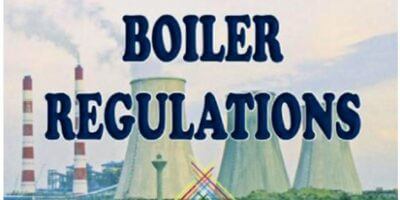There is always an amount of confusion with standard documents and what comes in their purview. A document which is a recommended practise can easily be perceived as a standard and a standard can be easily perceived as a code.
Here we will try to bring to light these three commonly used engineering documents with some basic example.
1. Code:
Definition: A group of general rules or systematic procedure for Design, Installation and Inspection prepared in such a manner that it can be adopted by legal jurisdiction and made into law.
The “Codes” define the rules and regulations deemed necessary for safe design and Construction .For example, the piping codes like address the following design requirements
− Allowable stresses and stress limits
− Allowable dead loads and load limits
− Allowable live loads and load limits
− Materials
− Minimum wall thickness
− Maximum deflection
− Seismic loads and
− Thermal expansion
Note that the piping codes DO NOT include components such as fittings, valves, flanges and meters; rather, they define the design requirements for these components by reference to industry standards.
A code defines a design requirement and states the way forward for e.g it gives you the formulae for minimum piping thickness and states this to be maintained and any occasion where it cannot be maintained should have other stringent conditions followed as per code. But simply not following it is illegal and the law can catch up to you in case there is any kind of accident, injuries, loss of property due to it.
Example of commonly used codes:
ASME Boiler and Pressure Vessel Code
ASME Process piping Codes (ASME B31.1 TO ASME B31.11)
AWS D1.1 Structural Welding code etc.
2. Standard:
Definition: Documents prepared by a professional group or committee believed to be good at engineering practise and it contains mandatory requirements. The user is responsible for the correct application of this.
The “Standards” provide specific design criteria and rules for individual components or classes of components such as valves, flanges and fittings. Standards apply to both dimensions and performance of system components.
− Dimensional standards provide configuration control parameters for components. The primary objective of dimensional standards is to ensure that similar components manufactured by different suppliers permit interchangeability.
− Pressure-integrity standards provide uniform minimum-performance criteria. The main objective is to ensure that the components designed and manufactured to the same standard will function in an equivalent manner. For example, all NPS 10 Class 150 ASTM A105 flanges, which are constructed in accordance with ASME B16.5, Pipe Flanges and Flanged Fittings, have a pressure-temperature rating of 230 psig at 300°F.
Example of commonly used Standards:
ASME/ANSI Dimensional standards (ANSI 1.1, ASME B16.5 TO 16.47 Series, ASME 36.10, 36.19 etc)
MSS SP STANDARDS (MSS SP 69, MSS SP 70 ETC)
API STANDARDS (API 5L, API 6D etc.).
3. Recommended practises:
Definition: Document prepared by a professional group or committee indicating good engineering practices which are optional in nature.
Recommended practises provide guideline for performing operations and functions. Companies also developed these guides in order to have consistency and to cover knowledge gained through past projects. For e.g. after doing projects a company found It has maintained separate distances for low drain height from grade across its projects and based on the feedback 300 is best suited in all cases. So it might include in the company recommended practise the height to be maintained to 300 mm so that across its entire project this value is used.
Example of commonly used recommended practise:
API Recommended Practises 1170/1171
OISD Recommended Practises (RP 108 ,RP 158 ETC.)




Leave a Reply